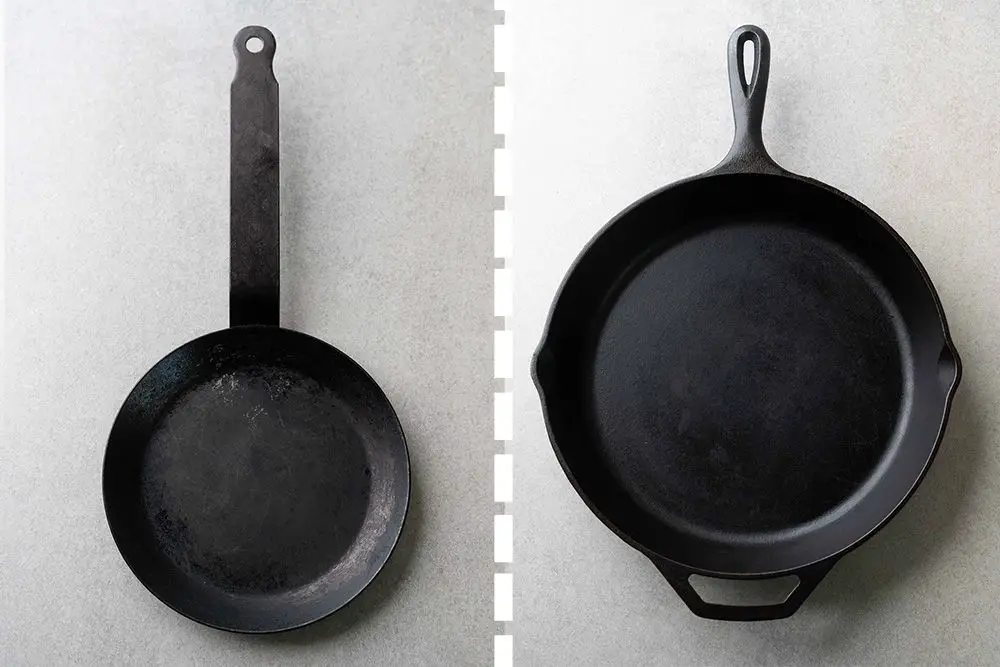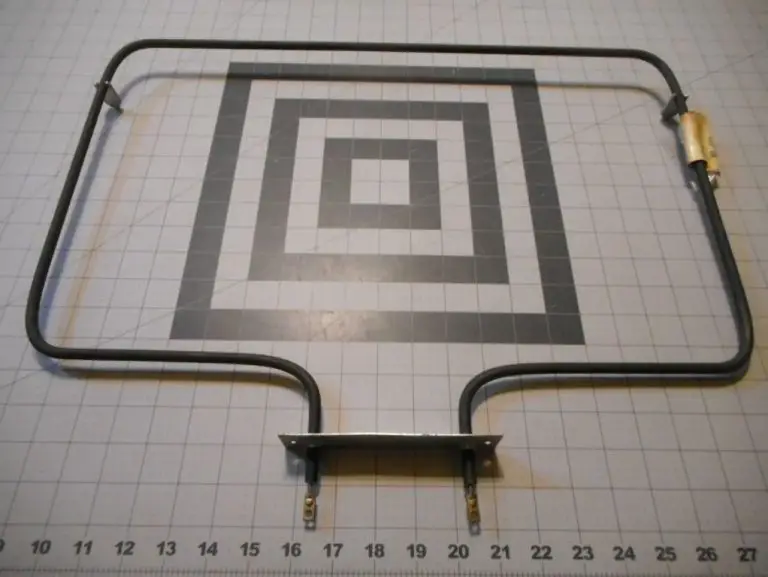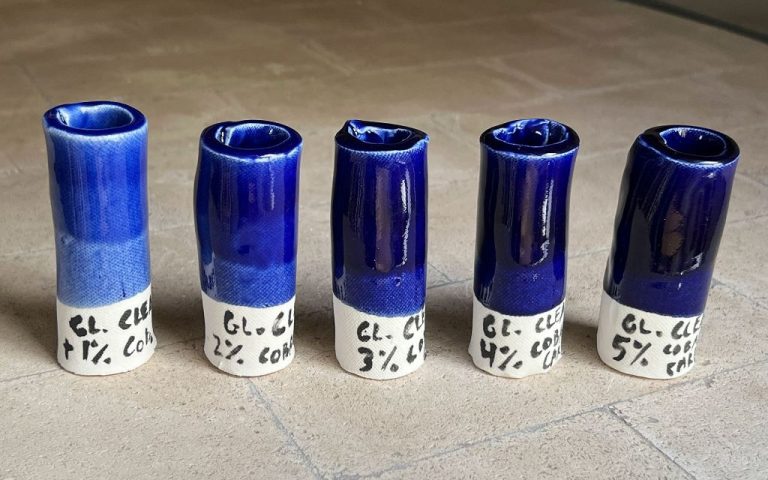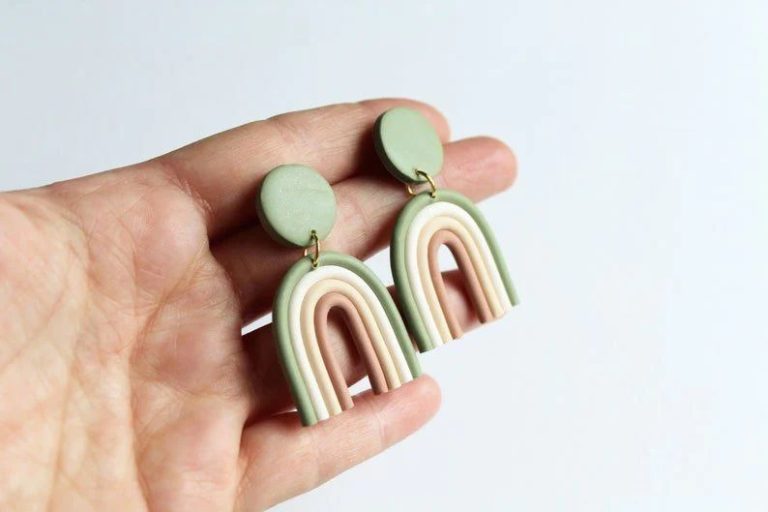Is Red Iron Stronger Than Steel?
The properties and performance of metals are critical considerations when determining the best material for engineering and manufacturing applications. Two of the most commonly used metals, cast iron and steel, have their own advantages and disadvantages that must be weighed when deciding which is better suited for a given project.
Cast iron and steel have been used in construction and machinery for centuries thanks to their durability, cost-effectiveness and wide availability. However, the two metals have differences in their chemical makeup, hardness, strength, brittleness and other factors that lend themselves to specific use cases. Understanding how cast iron and steel compare in these key areas will provide the foundation to determine which metal is stronger for particular needs.
This guide provides a detailed comparison of the properties, performance, and appropriate applications of cast iron versus steel. We will analyze how the tensile strength, hardness, compressive strength, ductility, and cost of each metal factor into determining whether cast iron or steel is better suited and ultimately stronger for projects requiring high durability, structural integrity and resilience.
Define Key Terms
Red iron is an imprecise term referring to cast iron. Cast iron is an alloy of iron with a high carbon content, usually between 2-4%, as well as varying amounts of silicon and manganese. Steel is an alloy of iron with carbon and other metals like chromium, nickel, molybdenum, and vanadium.
According to Merriam-Webster, cast iron is defined as “iron cast into a required shape by pouring when molten into a mold.” It contains more than 2% carbon along with silicon and manganese.
The term “red iron” is sometimes used colloquially to refer to cast iron due to its reddish appearance when rusty or unpainted. However, it is not a precisely defined metallurgical term.
Cast Iron Properties
Cast iron is an alloy made by melting iron and mixing it with carbon levels between 2% to 4% (Overview of materials for Cast Iron). The high carbon content makes cast iron very hard and brittle (Introduction to Cast Iron: History, Types, Properties, and Uses). Cast iron has good compressive strength but poor tensile strength.

The high carbon content and rapid cooling during the casting process result in a crystalline structure that is brittle with low ductility and impact resistance (Introduction to Cast Iron: History, Types, Properties, and Uses). The good compressive strength of cast iron allows it to withstand heavy loads and resist compression.
Steel Properties
Steel is an alloy made up of iron and carbon. The properties of steel can vary greatly depending on the amount of carbon added. According to the MatWeb material property data website, “Steels, General Properties,” steel density ranges from 7.8-7.9 g/cc for carbon and low alloy steels, while stainless steels have densities around 8 g/cc (https://www.matweb.com/search/datasheet.aspx?bassnum=MS0001).
Low carbon steels contain up to 0.3% carbon. They are very malleable and ductile but not particularly strong. High carbon steels have carbon content between 0.3-1.5% and are very strong yet more brittle. As the Wikipedia article “Steel” explains, steel hardness, strength, and other mechanical properties depend on factors like carbon content and heat treatment (https://en.wikipedia.org/wiki/Steel).
Strength Comparison
When comparing the ultimate tensile strength of cast iron versus steel, steel is generally stronger. Cast iron has an ultimate tensile strength ranging from 20,000 psi for gray cast iron to 60,000 – 90,000 psi for nodular or ductile cast iron. In comparison, carbon steel has an ultimate tensile strength of 80,000 psi, while alloy steel can have a tensile strength of up to 200,000 psi or more, depending on the alloying elements.
For impact strength, which is a measure of toughness, steel again is stronger than cast iron. Cast iron is very brittle, whereas steel is malleable, tough, and ductile. The carbon content in steel allows it to deform instead of breaking on impact. Cast iron will shatter under impact forces, while steel has the ability to flex and absorb energy before failure.
Cost Comparison
Cast iron is generally cheaper than steel. According to sources, cast iron costs less per pound, kilogram, and ton than steel (1). This is largely due to the lower material costs required to produce cast iron products. The production of raw steel requires more energy, labor, and specialized equipment – all of which drive up the cost compared to cast iron (2,3).
The cost savings of cast iron makes it preferable for many applications, especially where large volumes of metal are required. However, steel remains more widely used due to its superior mechanical properties. So while cast iron is the cheaper material by weight, steel is often the better value considering its strength, durability, and machinability.
Uses
Cast iron and steel have some overlapping uses, but they also have distinct advantages that make them suitable for different applications.
Cast iron is very good for compression loads and high impact applications because of its rigidity, wear resistance, vibration damping, and ability to handle thermal shock. It’s commonly used for things like engine blocks, machine tool frames, bearings and gearboxes, pipes and valves, and cookware.
The higher tensile strength of steel makes it well-suited for applications involving tension loads and bending stress. Steel is the primary material used in construction, infrastructure like bridges and railways, vehicles, tools, and machinery. The flexibility and strength of steel allow for large spans and slim support structures.
Cast iron is too brittle to be used structurally in things like bridges and skyscrapers. It cannot flex and deform under stress like steel does before reaching its breaking point. The crystalline structure of cast iron also makes it more prone to catastrophic failure under cyclical loading compared to the ductile steel.
Advantages & Disadvantages
Cast iron and steel each have their own advantages and disadvantages in terms of properties and performance. Some key points of comparison:
Cast iron is more corrosion resistant than steel. The high carbon content in cast iron allows it to form a protective layer of graphite on the surface when exposed to moisture, preventing further corrosion. This makes cast iron a good choice for applications like water pipes, marine components, and other wet or highly corrosive environments.(Source 1)
Steel has higher strength than cast iron. With careful control of carbon and alloying element content, the properties of steel can be tightly controlled to achieve high strength levels. This makes steel suitable for structural applications like buildings, bridges, and vehicles where high strength-to-weight ratios are desired.(Source 2)
Cast iron is easier to machine than steel since it is more brittle and abrasive. This makes production of cast iron components relatively fast and inexpensive. However, steel can be alloyed and heat treated to improve machinability when needed.(Source 3)
Steel is more weldable than cast iron due to issues of cracking in cast iron. Steel is routinely welded for fabrication of structures, machinery, and equipment.
Conclusion
In summary, while cast iron and steel have some overlapping properties and uses, they are distinct materials with their own strengths and weaknesses. Cast iron tends to be more brittle but easier to cast than steel. Steel has higher tensile strength but requires more complex processing. For applications requiring durability under tension and impact, steel is frequently the better choice. However, cast iron excels in situations demanding heat resistance, castability, machinability, and damping properties. The ideal material depends on the specific conditions and priorities of the application.
When it comes to cost, cast iron is generally cheaper per pound than steel. However, steel’s superior strength may offset this in some cases. There are also many different alloys and grades within each material category, each with their own cost considerations.
In summary, while generalized statements can be made comparing cast iron versus steel, there are many variations and nuances. The optimum choice involves a thorough evaluation of the tradeoffs for the particular product or system under consideration.
References
Iron: Properties, Manufacturing Processes and Applications. 2021. M. Ben Zine-Djoudi,
X.-G. Chen, and A. Bennani. Singapore, Springer Singapore. https://doi.org/10.1007/978-981-16-0354-6.
Ulmann’s Encyclopedia of Industrial Chemistry. A. Reinecke. Controlled Rolling and Direct Quenching of Steel. https://doi.org/10.1002/14356007.a27_363.pub3.
Metals Handbook : Properties and Selection. Vol. 1, Irons, Steels, and High Performance Alloys. ASM International. 1978. https://app.knovel.com/hotlink/pdf/id:kt0018LW5X/metals-handbook-properties/cast-irons.






